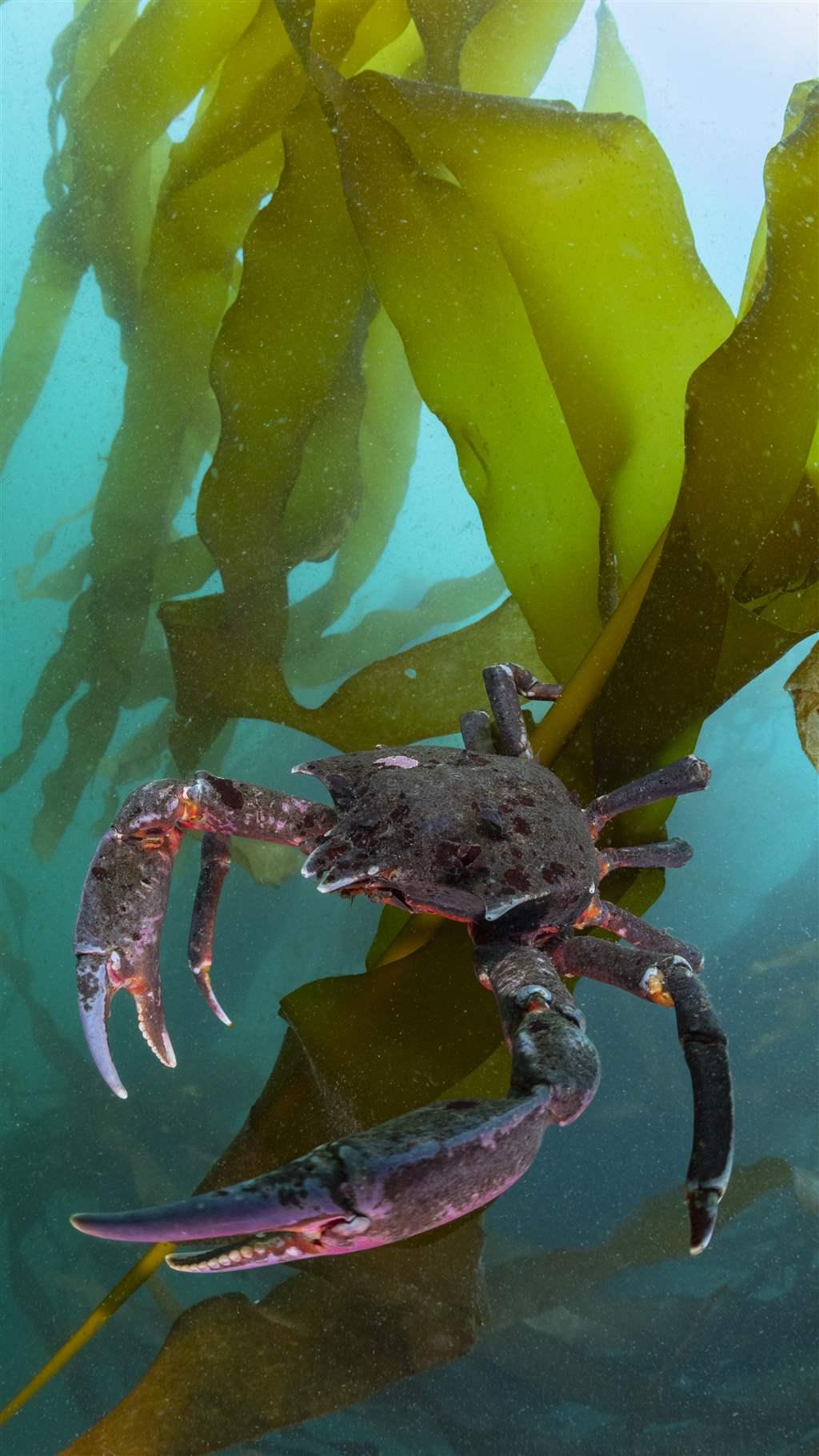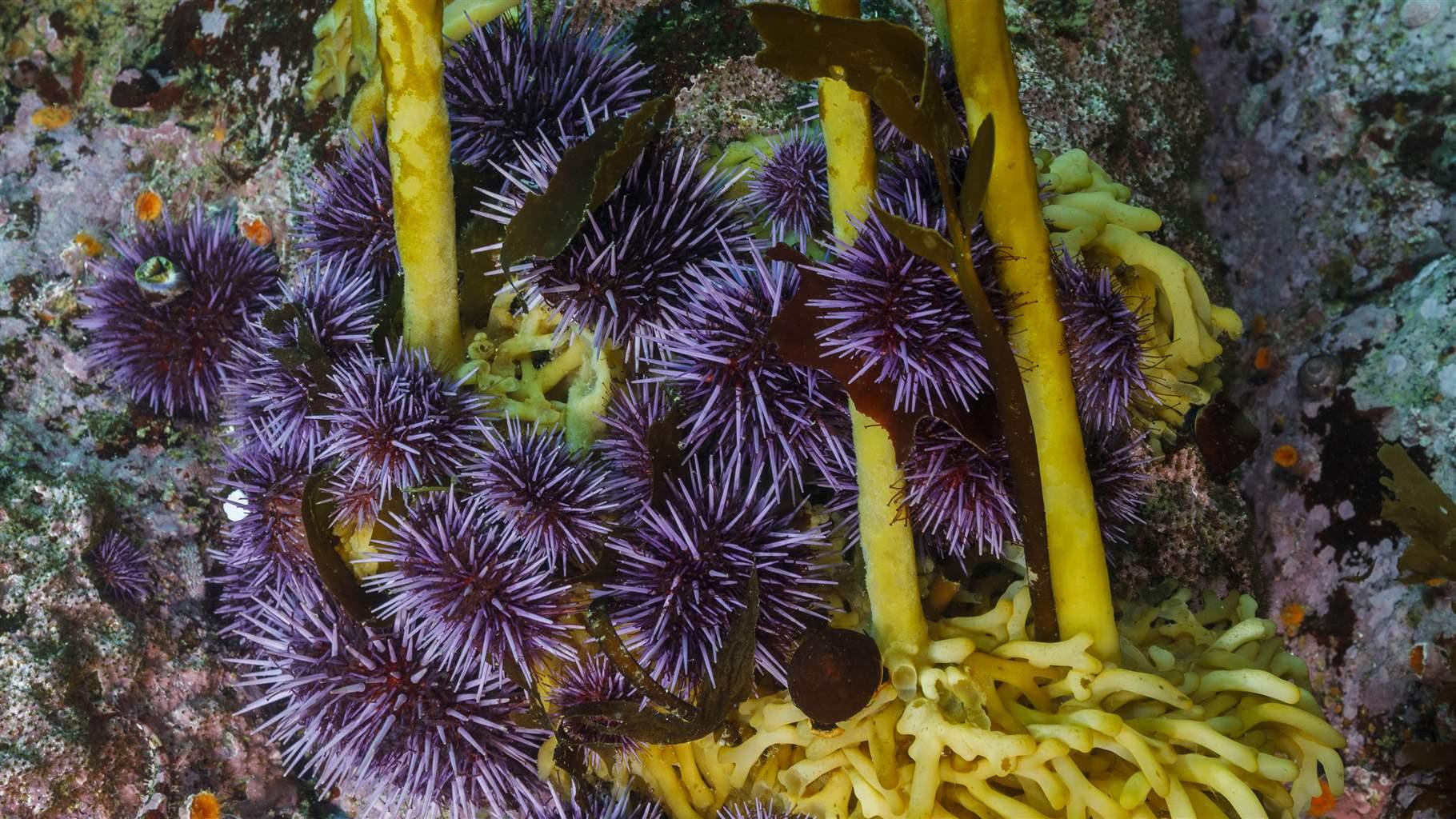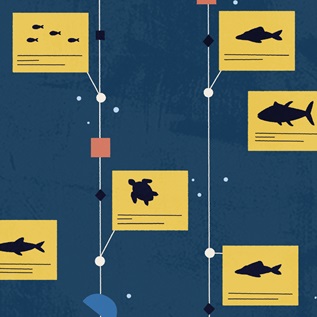California Should Protect Imperiled Bull Kelp
Closing three areas to commercial harvest could help restore ecosystem crucial to fighting climate change
The massive decline of Northern California’s bull kelp forests over the past six years has scientists and policymakers searching for ways to restore what is one of the ocean’s most productive ecosystems and also a powerful tool for fighting climate change. The state’s multimillion-dollar effort to save bull kelp is crucial to California’s fisheries, marine wildlife—and our collective future. Kelp and other marine vegetation absorb an estimated 20 times more carbon dioxide per acre than forests on land. Studies also suggest that kelp sequesters more carbon than all other marine plants combined.
Yet less than 10% of Northern California’s bull kelp forests remain, a decline driven by a combination of warming ocean waters, an explosion of purple sea urchins—which are voracious kelp consumers—and the widespread die-off of sea stars, which normally help keep the urchin population in check. As kelp experts search for new ways to protect and restore this essential marine algae, policymakers should also adopt measures to safeguard as much of the remaining bull kelp as possible, which in turn could potentially serve as spore banks to repopulate other areas. Specifically, the California Department of Fish and Wildlife can work with stakeholders and the California Fish and Game Commission to close three state-managed kelp beds off the coasts of Mendocino, Humboldt, and Del Norte counties to future commercial harvest.
These three beds are not currently leased, meaning no jobs or businesses would be directly affected by closing them to commercial harvest. And taking them off the market could help maintain and ultimately expand the amount of bull kelp available to reseed other depleted areas while California develops a comprehensive kelp management plan. It’s like putting money aside to help pay for future expenses.
Overall, as the West Coast grapples with the challenges and uncertainty of climate change, closing these areas to potential commercial harvest is a sound investment that we can make now in the future of the Pacific Ocean and the coastal communities it supports. In a warming ocean full of unknowns, bull kelp can do the most good for Northern California if left in the water.
Jennifer Browning directs The Pew Charitable Trusts’ project on conserving marine life in the United States, Puerto Rico, and the Caribbean. Gillian Lyons works on Pew’s project on conserving marine life in the United States.














